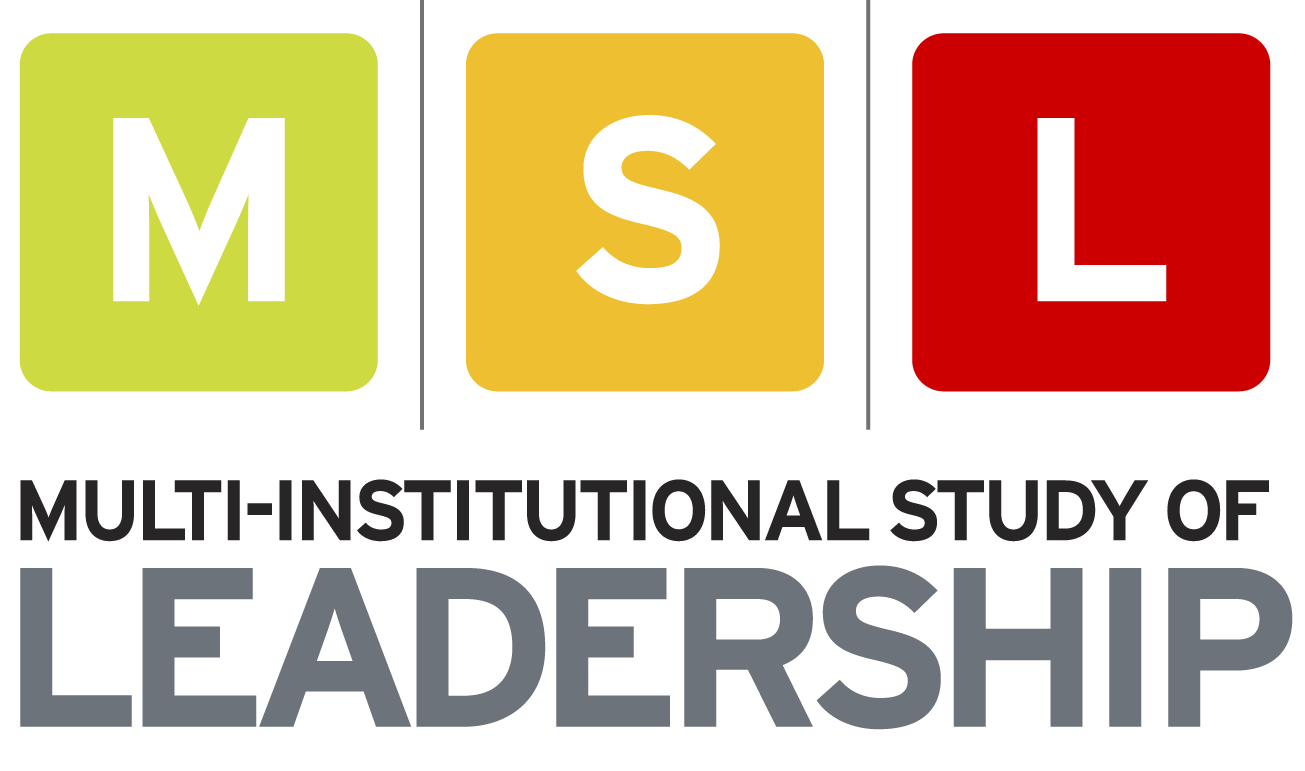CCP (6 of 6): Leadership is the sense that we make of it: Concluding thoughts on Cultivating Critical Perspectives (NASPA Leadership Podcast)
See the series description, Part 1, Part 2, Part 3, Part 4, and Part 5 if you have arrived here first.
NASPA Leadership Podcast, hosted by Myles Surrett
Episode 28: Cultivating Critical Perspectives Part 6: Conclusion
Over the past five episodes, we’ve really gotten to know author John Dugan and many of the contributors to Leadership Theory: Cultivating Critical Perspectives. John and host Myles Surrett take us on a journey of reflecting on critical perspectives and implications for leadership education.
Myles discusses the dominant norm in leadership education, where “we default to the assumption of shared understanding”. He draws a parallel to Robert Putnam’s book, Our Kids, where one working-class interviewee professed: “Your then was not my then, and your now isn’t even my now.”
John discusses the reality, pain, and privilege inherent in the presumption of shared understandings. For practitioners to overcome this default of shared assumptions, and teach our students to do the same, the first step is to acknowledge that shared assumptions don’t exist. A “radical realignment of leadership education unfolds” when we acknowledge that there are multiple truths, and work to co-construct meaning together.
One assumption still present in the dominant stock of knowledge is that “leaders are born.” This is evident when individuals are asked, “What does leadership mean to you?” the response usually begins “A leader is…” The default is to view leadership as positional – as a person or characteristic – rather than a process. Even people doing amazing social change work may fall victim to this view of “I am the work, I am the leader,” as seen when an organization collapses after the leader departs.
The result is that some people opt-out of leadership because of their preconceived notion that leaders are born, or that leaders somehow look different or have different characteristics than they do. So it is “on us” as educators to start from the base position of introducing critical perspectives and co-creation, even if it doesn’t feel very exciting, because this is potentially new and perception-altering for our students.
At the conclusion, Myles asks John how he hopes the book will be remembered in 10 years. After some joking around, John gets serious, and emotional.
First, he says, “I hope it’s completely outdated,” that it stimulated a line of thinking, and serves as historical footnote of how leadership education was once approached and marks the distance we have come.
Second, and most important, he hopes it serves to amplify the stories and voices found in the counternarratives [link to CCP 3] of the book. If the book draws attention to the incredible work they’ve done and inspires others to create change, it will be “more than I could have ever asked for.”
To hear more about how critical social theory reframes critical thinking, views on what makes an effective leadership practitioner, and how John avoided the temptation to develop his own model of leadership theory (the answer is more than “it scared the hell out of me!”) tune in to the NASPA Student Leadership Programs podcasts, hosted by Myles Surrett, at iTunes or SoundCloud.

